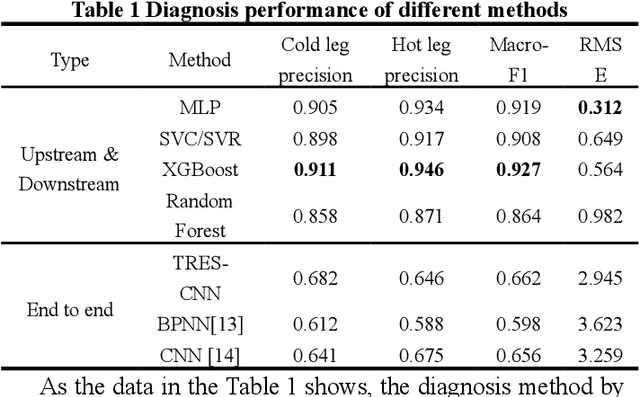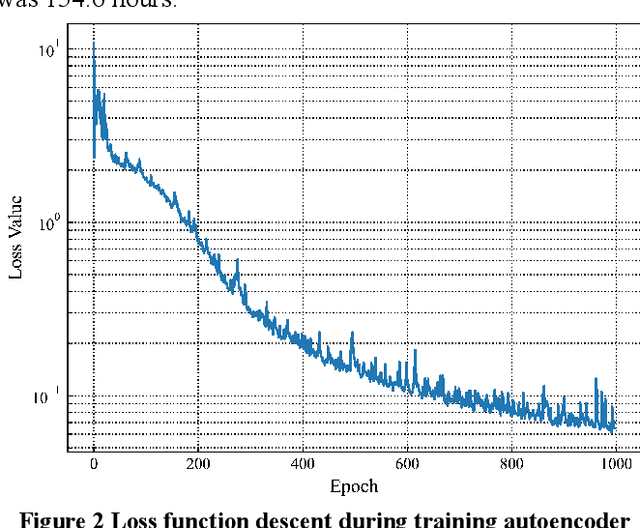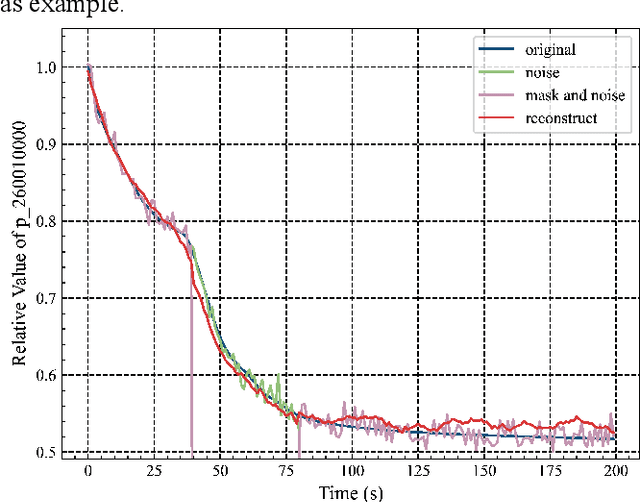An Unsupervised Learning-based Framework for Effective Representation Extraction of Reactor Accidents
Paper and Code
Aug 28, 2022



With the increasing use of high-precision system analysis programs in nuclear engineering, the number of high-fidelity computational data for accident simulation is exploding. Therefore, an algorithm that can achieve both automatic extraction of low-dimensional features from the data and guarantee the validity of the features is needed to improve the performance and confidence of the accident diagnosis system. This study proposes an autoencoder-based autonomous learning framework, namely Padded Auto-Encoder (PAE), which is able to automatically encode accident monitoring data that has been noise-added and with partially missing data into low-dimensional feature vectors via a Vision Transformer-based encoder, and to decode the feature vectors into noise-free and complete reconstructed monitoring data. Thus, the encoder part of the framework is able to automatically infer valid representations from partially missing and noisy monitoring data that reflect the complete and noise-free original data, and the representation vectors can be used for downstream tasks for accident diagnosis or else. In this paper, LOCA of HPR1000 was used as the study object, and the PAE was trained by an unsupervised method using cases with different break locations and sizes as the dataset. The encoder part of the pre-trained PAE was subsequently used as the feature extractor for the monitoring data, and several basic statistical learning algorithms for predicting the break locations and sizes. The results of the study show that the pre-trained diagnostic model with two stages has a better performance in break location and size diagnostic capability with an improvement of 41.62% and 80.86% in the metrics respectively, compared to the diagnostic model with end-to-end model structure.
 Add to Chrome
Add to Chrome Add to Firefox
Add to Firefox Add to Edge
Add to Edge